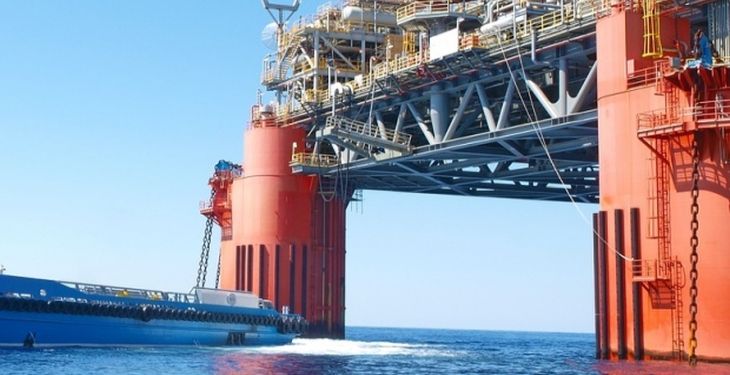A “substantial” amount of metals and minerals, ranging from copper to metals called “rare earths”, was discovered following a Norwegian study on the seabed in the area of Norway’s extended continental shelf, the authorities announced on Friday, in the first official estimates, reports Reuters.
The Nordic country, a major oil and gas exporter, is considering opening up offshore areas to deep-sea mining, a process that requires parliamentary approval and has raised environmental concerns.
“Among the metals found on the seabed in the study area, magnesium, niobium, cobalt and ‘rare earths’ are on the European Commission’s list of critical minerals,” the Norwegian Petroleum Directorate (NPD) said in a statement, which led the study.
The estimate of the resources, located in remote areas of the Norwegian Sea and the Greenland Sea, showed that they consist of 38 million tons of copper, almost twice as much compared to the volume extracted every year globally, but also 45 million of tons of zinc, accumulated in polymetallic sulphides, according to Agerpres.
Sulfurs are found along the mid-ocean rift, where magma from the Earth’s mantle reaches the sea floor at depths of about 3,000 meters.
About 24 million tons of magnesium and 3.1 million tons of cobalt are estimated to be in the manganese crusts grown on the original bedrock over millions of years, but also 1.7 million tons of cerium, a rare metal used in alloys, according to Agerpres.
Manganese crusts would also contain other rare metals, such as neodymium, yttrium and dysprosium. “Rare, expensive minerals such as neodymium and dysprosium are extremely important for magnets in wind turbines and electric vehicle engines,” NPD said.
